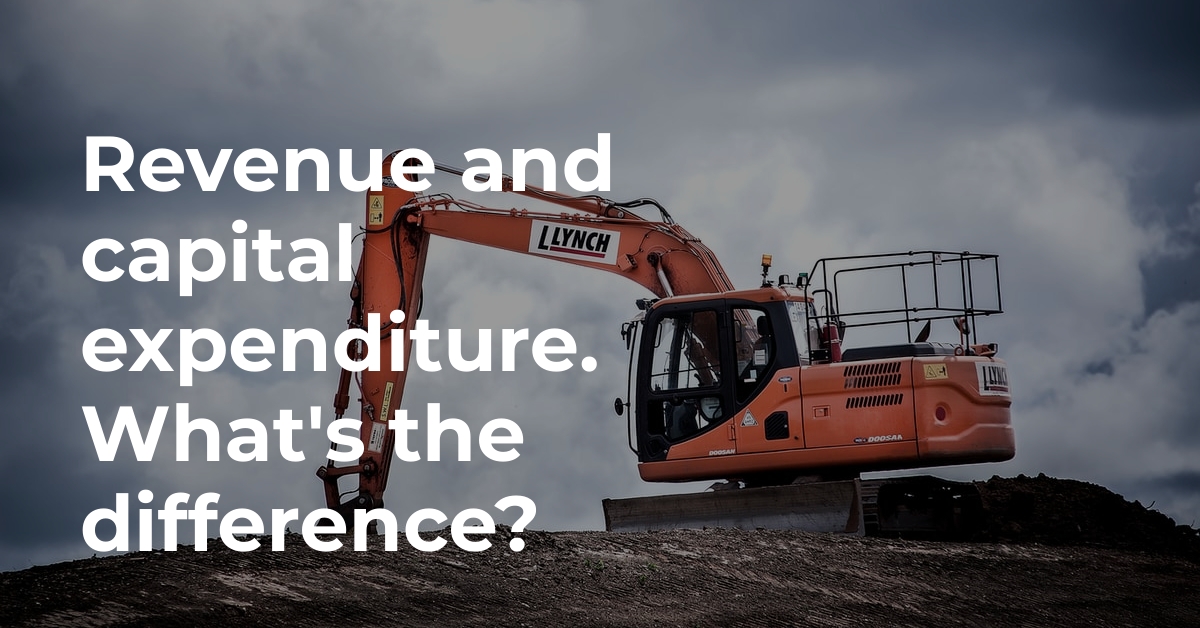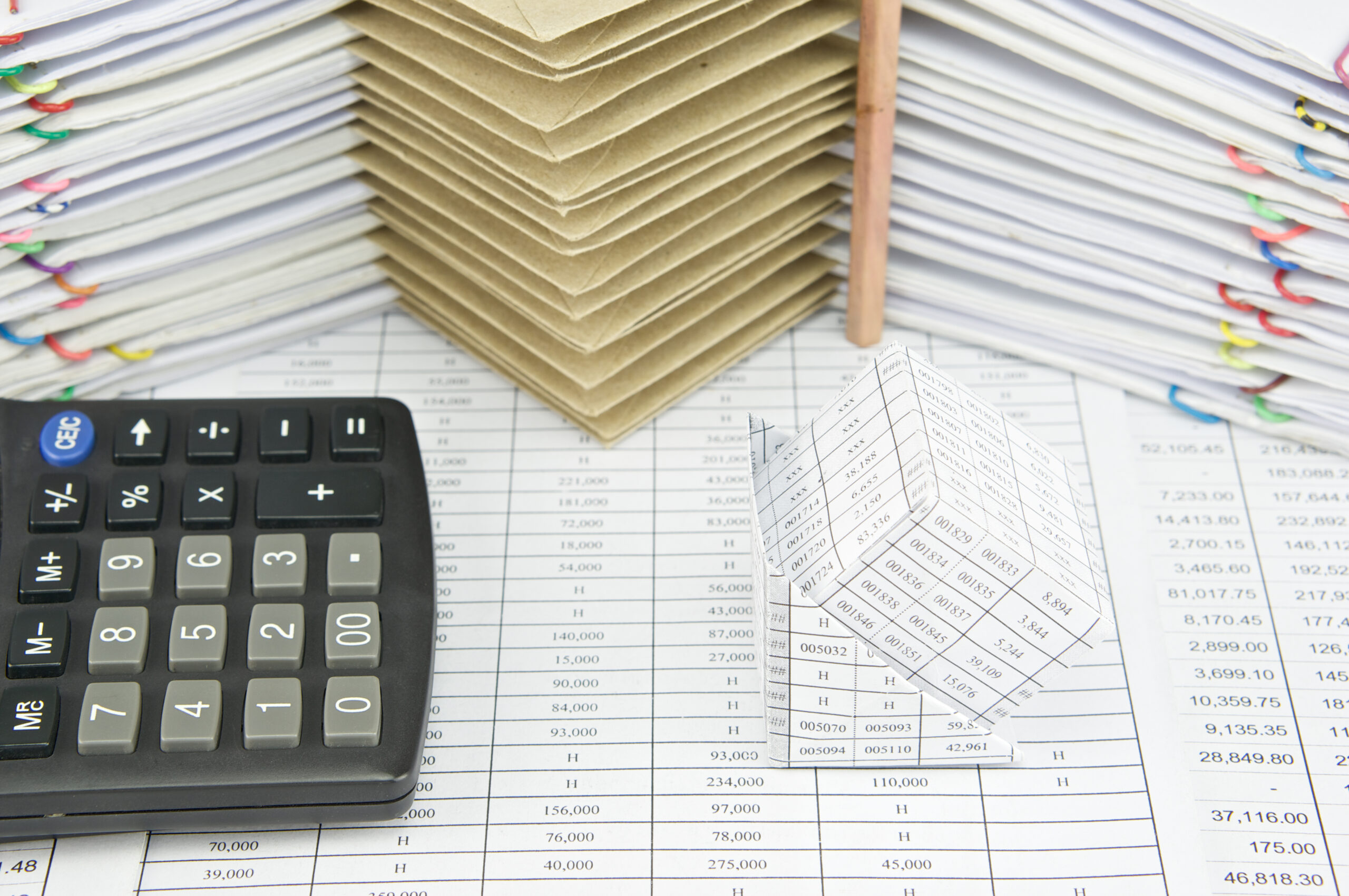Revenue expenditure and capital expenditure explained

What is revenue expenditure?
Revenue expenditure is the amount spent or expense incurred, on a consistent basis, towards performing functional activities of the business such as freight paid, purchasing stock etc.
Revenue is documented for accounting purposes when it is earned, while expenditure is documented when it is incurred. The ‘benefit gained’ through revenue expenditure is accounted for in the present accounting year. For instance: electricity expenses; maintenance and repair expenses; postage; printing and stationery; insurance; inventory; taxes;and salary/wages etc.
Revenue expenditure made on fixed assets comprises the amount spent for ‘maintaining’, instead of augmenting, the capacity of an asset to maximise wealth. These expenses are incurred on a continued basis and the advantage from these costs is achieved over a comparatively short period of time – for instance, a business plans to purchase a machine for producing bread. Hence, costs include the following:
- Cost pertaining to maintenance.
- Cost for repairs.
- Renewal expenses.
Revenue expenditure can be further categorised as below:
Direct Expenses: These encompass the manufacturing cost of raw material to convert it into a finished product. For example, commissions, electricity and water bills, fuel cost, paying salaries and wages to workers, legal expenses (copyright, trademark etc.), rent, packaging charges etc.
Indirect Expenses: Indirect expenses include depreciation, items of furniture and fixing, machinery etc.
The initial procurement and cost of installing a machine will be categorised as capital expenditure, while any following maintenance and repair cost incurred will be treated as revenue expenditure. This is because maintenance and repair does not increase the earning capability of a machine and only maintains it (i.e. if a bread-making machine is repaired it will still produce a similar amount of bread as it did on the first day).
What is capital expenditure?
The capital expense incurred by an organisation for owning any longstanding capital asset, or to augment the working capability of any existing capital asset, or to upturn its life cycle to generate additional cash flows or to reduce the production cost, is referred to as capital expenditure. Since the cost can be significant, the expense amount is capitalised, i.e. the amount of expense is spread over the outstanding life of an asset. In other words, expenditure undertaken for the future economic benefit of a business is usually termed as capital expenditure. Capital expenditure is a long-term investment made by an organisation, in asset terms, to generate financial wealth in the coming years. For instance, machinery purchased to enhance the production capacity and generate profits in the coming years is known as a capital expenditure. The various types of capital expenditure include the following:
- Purchase of IT.
- Purchase of plant and machinery.
- Purchase of electric power tools.
- Any permanent additions to existing fixed assets.
Capital expenditure signifies main investments made by an organisation to grow its business and earn additional profit. Capital expenses are made on the purchase of long-term assets (equipment, land and building etc.). Since a capital expense is made to generate income by an organisation over a period of time, the firm is not permitted to subtract the entire cost of an asset in the year in which the expense was incurred – capital expenses must be recovered year-by-year as depreciation on the life of the asset. Major corporates or big manufacturing units usually use equity financing or debt financing to cover the large costs involved in buying major assets for growing their business. Capital expenditure could be made on a fixed assetsuch as new equipment or plant property.
Comparison chart: revenue expenditure versus capital expenditure
| Basis for assessment | Revenue expenditure | Capital expenditure |
|---|---|---|
| Definition or nature of expense | Expenses relating to the regular day to day events in a business. | Expenses relating to procuring a capital asset or enhancing the capacity of an already installed capital asset, thereby, resulting in expanding the life of a capital asset. |
| Benefit timeline | The remunerations realised within an accounting year. | The benefits realised are in excess of one accounting year (multiple years). |
| Capitalisation | None. | Yes. |
| Duration | Short-term expense. | Long-term expense. |
| Earning capacity | Maintain earning capacity. | Aims to enhance earning capacity. |
| Recorded in financial statements | It is shown in the income statement. | It is shown in the balance sheet, as well as income statement. |
| Type of expense | Recurrent and regular in nature | Non-recurring and one-time expense. |
Some other differences between revenue expenditure and capital expenditure
- Revenue expenditure generates benefit for a giving accounting period, while capital expenditure generates upcoming economic benefits.
- Revenue expenditure is a frequent expense, while capital expenditure is a one-time investment.
- Revenue expenditure is recorded in the income statement, while capital expenditure is recorded in the income statement as depreciation and in the balance sheet on the asset side.
- Revenue expenditure is not capitalised. Capital expenditure is capitalised.
- Revenue expenditure is short-term in nature. Capital expenditure is long-term.
- Revenue expenditure focuses on maintaining the earning capability of an organisation. Capital expenditure aims to improve the earning capability of an organisation.
- Revenue expenditure is matched with revenue receipts. Capital expenditure is not matched with the capital receipts.
Examples of revenue expenditure and capital expenditure
| Accounting entry | Recorded as | Type of expenditure | Description |
|---|---|---|---|
| Wages paid on the goods purchased | Debit wages account (A/C). | Revenue expenditure. | Wage paid to provisional workers on purchase of goods is a revenue expenditure since goods are purchased to be sold. The transaction is repetitive by nature as goods are purchased again and again as part of the business operations. |
| Cartage or freight paid on purchase of goods | Debit cartage account (A/C). | Revenue expenditure. | Cartage or freight on purchase of goods is a revenue expenditure since goods are purchased to be sold further – cartage is paid to transport goods from warehouse to customer. |
| Spent £7,000 on purchase of a second-hand car and £2,000spent for its repairs and servicing | Debit motor car account (A/C) for both expenses. | Capital expenditure. | A vehicle (in this scenario a second-hand car) is a fixed asset since it can be used for a number of years and its utility does not reduce in a year – hence, capital expenditure. Here, cost of service is also a capital expenditure |
| Spent £4,000 for whitewash of an office building | Debit whitewash account (A/C). | Revenue expenditure. | Painting and maintaining a building is imperative as it enhances the life of a building. Since, the profit earnings of an organisation do not increase, hence it is a revenue expenditure. |
| Purchased a new machine for £10,000 and £750 was spent on its installation and assembly | Debit machinery account (A/C) for all expenses. | Capital expenditure. | Machinery is a long-lasting business asset and can be used for many years. Installation and assembly is necessaryto use a machine. So both the expenses – purchase of machinery and installation and assembly are capital expenditure. |
| Purchase of books worth £500 and £10 was paid for shifting the books to the library | Debit books account (A/C) for both expenses. | Capital Expenditure. | Books, to enhance business knowledge, can be used for numerous years – hence, capital expenditure. Also, cost paid to transport the books is a capital expenditure |
| Purchase of land worth £200,000 and £5,000 were paid as legal costs | Debit land account (A/C). | Capital Expenditure. | Purchase of land is treated as a fixed asset. Any expense related to the procurement of land is regarded as a part of its purchase price – hence, capital expenditure. |
Want to find out more?
Book a free 30-day trial or talk to one of our advisor and see how our accounting software can help you manage staff, increase profitability and take your practice to the next level.

How to Change a Company’s SIC Code in a Confirmation Statement
As your business grows or evolves, the type of work you do might change too,...
Read More

How Accounting Software Helps with Final Accounts Preparation
As the financial year ends on April 5, it's time to prepare your final accounts....
Read More

Be Audit-Ready: What HMRC Wants to See in Your Corporation Tax Records
Keeping accurate financial records has always been an important part of running a compliant limited...
Read More

Onboarding That Wins Clients: A Smarter Start For Accountants
Client onboarding is about more than just ticking admin boxes. A smooth, professional client onboarding...
Read More